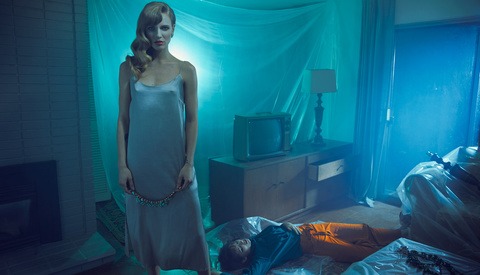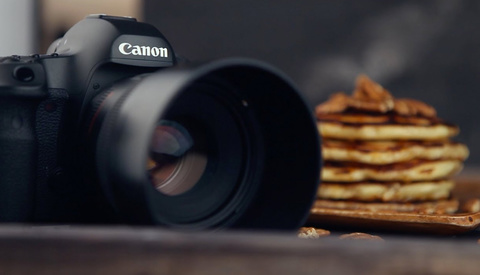How to Shoot Underwater on a Budget With a Fish Tank
You have been dreaming of shooting underwater for a while, but waterproof housing is too expensive, none seem to fit your huge rig, or you can’t find one with which you can trigger your strobes. Then check out this trick.

































